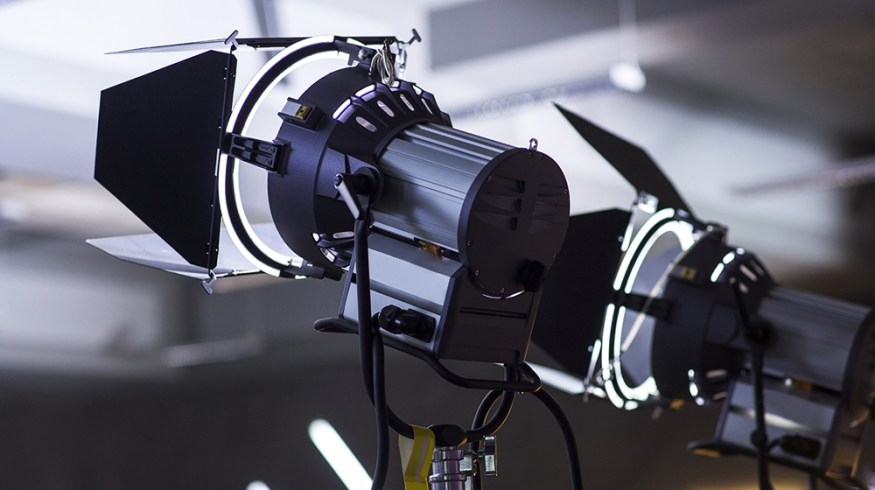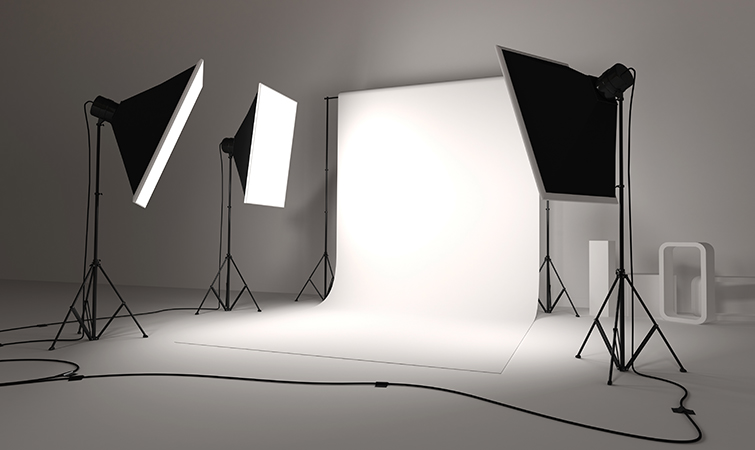
How to Light a Film Beautifully Without a Big Budget
Beautiful lighting is not simply achieved by having the right lights, but rather by understanding how to shape and craft light. Follow these tips to get great results with simple lighting setups.
Lighting for a cinematic image involves many variables, with some more important than others for achieving a filmic look. Often times we will focus on the obvious: the camera itself, lenses, post-production/color grading, etc. However the single most important element in creating a filmic image (the lighting) is also the most frequently overlooked.
If you find yourself tossing and turning over what camera will get the job done best, try to take a step back and recognize that it is how you manipulate light that will speak to your audience most, not the camera. There’s nothing wrong with wanting to shoot on a great camera, but you need to make sure that what the camera is actually pointed at is properly lit! Below are four tips that I recommend for lighting cinema-style projects of all shapes and sizes:
Less Is More Lighting

Image via Wikimedia
I’ve always felt that cinematic lighting was best achieved by using fewer lights, as opposed to larger lighting setups with more complex arrangements. For instance, in an interview setting you might want to use a three point lighting kit, but on a film set, that exact same setup may look over-lit, and staged. Sometimes all you need is a single light to illuminate your character or scene – it all comes down to where and how it is placed.
If you use a really strong backlight to create a silhouette of your character for example, that can be an excellent way to create a cinematic lighting environment by only using one single lamp. Of if you are lighting for a more traditional looking shot, you might use a soft box positioned at a 45 degree angle (and slightly above eye level) to create beautiful and dramatic shadows on the talent’s face. The point is, you don’t always need lots of lights to capture the mood of your scene. Remember for every light that you add you will likely need a modifier or fill light to counteract spill/shadows from it. If your team and crew is small, keep your lighting kit to a minimum.
Use Natural Light – But Be Prepared
Utilizing natural or available light on cinematic productions is a fantastic idea, so long as it suits your story. It will not only allow you to free up space in your budget, but will also allow you move more quickly on set, as you don’t need to reposition lights in between every setup.
Even though utilizing available light can be a huge money and time saver, you need to understand that itcomes with it’s own set of challenges – notably during your prep/planning days.
In terms of gear – you may not need lights, but you will want to have fast lenses (for low light situations), reflector/bounce boards (for sunlight), and lots of negative fill to create shadows when you are trying to battle the power of the sun in the middle of the day. When possible, try shooting during magic hour or blue hour (an hour before sunset and an hour after sunset), as the quality of light at this time of day is naturally gorgeous and will allow you to use a minimal amount of reflectors/bounces, and still capture a soft quality of light on your talent.
The China Ball

Image via leafhouseblog
The China Ball is a great low cost instrument for achieving soft light. If there is one single light that I would suggest you have on set – this is it. China balls create an omni pattern of light, which works to provide soft light in all different directions. I really love these lights because of how versatile they are and how many different ways they can be used. For instance, they can be used as a key light source for your main talent, or alternatively you can use multiple balls to light an entire room if you wish.
In some cases where you might want to minimize the amount of spill coming off the back of the light (assuming you are using it as a key), you can use black cloth to avoid light spilling onto the background. Also, because china balls just take regular light bulbs, you can use a daylight or tungsten balanced bulb within the china ball, which will allow you to use it in nearly any shooting situation. As you can imagine, there are countless ways to use this tool, making it ideal for productions of all shapes and sizes.
Final Thoughts
Your ability to control and manipulate lighting is essential to achieving a filmic quality in your images – no matter what camera you’re shooting on. It’s important to remember that you don’t necessarily need to break the bank on expensive lighting kits in order get the most from your image. In fact, you can spend next to nothing on lighting and still get the job done and get it done well, it all just comes down to understanding the basic principles of lighting and prioritizing them.
As long as you remember that less is more, you understand how best to utilize simple and natural light setups, and are extremely prepared for your shoot – you will be able to capture some beautiful images without breaking the bank.





